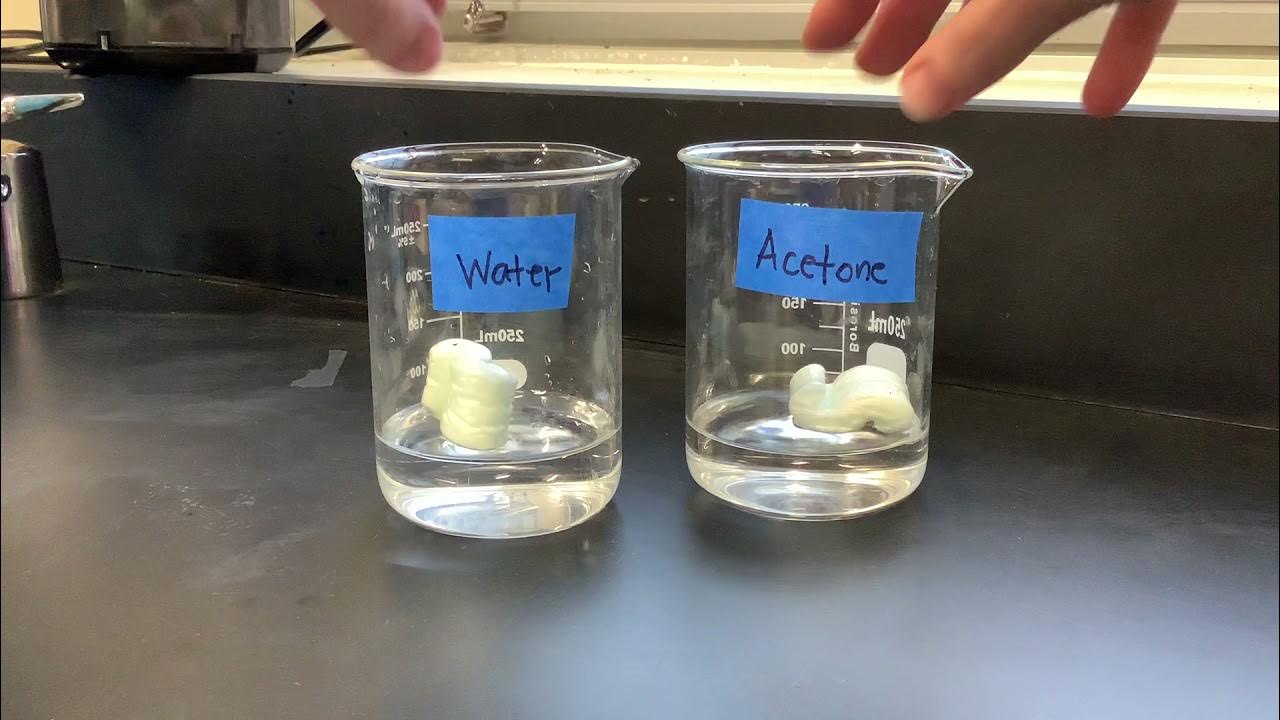Water is essential to life on Earth, and its unique chemical properties play a critical role in sustaining aquatic ecosystems. One of the most significant characteristics of water is its polarity, which arises from the uneven distribution of electron density in the molecule. This polarity leads to a variety of interactions with other molecules, making water a vital solvent for biological processes. Understanding in what way does water's polarity affect aquatic life helps us appreciate the delicate balance of ecosystems and the intricate relationships among organisms.
Water's polarity means that it has a partial positive charge on one side (the hydrogen atoms) and a partial negative charge on the other side (the oxygen atom). This results in hydrogen bonding between water molecules, which is responsible for many of water's unique properties, such as high surface tension, high specific heat capacity, and the ability to dissolve a wide range of substances. These properties are crucial for aquatic life, influencing everything from nutrient availability to temperature regulation.
In this article, we will explore various aspects of water's polarity and its impact on aquatic ecosystems. Through a series of questions and answers, we will uncover how this fundamental property of water supports life in oceans, rivers, lakes, and other aquatic environments, ultimately shedding light on the intricate web of life that relies on this precious resource.
What is Water's Polarity?
Water's polarity refers to the distribution of electrical charge within the water molecule. Each water molecule (H2O) consists of one oxygen atom covalently bonded to two hydrogen atoms. The oxygen atom is more electronegative than hydrogen, which means it pulls the shared electrons closer to itself, resulting in a partial negative charge at the oxygen end and a partial positive charge at the hydrogen ends. This uneven charge distribution leads to the formation of hydrogen bonds between water molecules, contributing to many of water's unique properties.
How Does Water's Polarity Influence Solubility?
Water's polarity plays a vital role in its ability to dissolve various substances, making it an excellent solvent for life. This characteristic is crucial for aquatic organisms that rely on dissolved nutrients, gases, and minerals for survival. Polar molecules and ions can easily interact with water, allowing for the transport of essential nutrients throughout aquatic ecosystems. For instance, salts, sugars, and acids dissolve in water, which in turn enables organisms to access these vital resources.
- Nutrient Availability: Aquatic plants and animals depend on dissolved nutrients for growth and reproduction.
- Oxygen Solubility: Dissolved oxygen is essential for the respiration of fish and other aquatic organisms.
- Waste Removal: Solubility of waste products in water allows for their efficient removal from organisms.
In What Way Does Water's Polarity Affect Temperature Regulation?
Water's high specific heat capacity, a direct result of its polarity, allows it to absorb and retain heat. This property moderates temperature fluctuations in aquatic environments, creating stable habitats for organisms. Aquatic life, particularly in oceans and large lakes, benefits from this temperature stability, as it allows for consistent living conditions.
Temperature regulation is vital for many biological processes, including:
- Metabolic Rates: Aquatic organisms often have specific temperature ranges in which their metabolism operates efficiently.
- Reproductive Cycles: Many species rely on stable temperatures for mating and hatching cycles.
- Habitat Availability: Temperature affects the distribution of species in aquatic environments.
Why is Water's High Surface Tension Important for Aquatic Life?
Water's polarity gives it a high surface tension, allowing it to resist external forces. This property is crucial for various aquatic organisms, particularly those that live at or near the surface of the water. Surface tension enables small organisms, such as water striders and other insects, to walk on water without sinking. Additionally, it allows for the formation of droplets, aiding in processes such as nutrient transport and gas exchange.
In What Way Does Water's Polarity Affect Aquatic Ecosystems?
The interaction of water's polarity with the environment contributes significantly to the structure and function of aquatic ecosystems. It influences everything from nutrient cycling to the distribution of species. For example, the density of water changes with temperature, which leads to stratification in lakes and oceans. This stratification affects the availability of light and nutrients at various depths, shaping the habitat and communities of aquatic life.
Can Water's Polarity Influence Climate Patterns?
Yes, water's polarity can have broader implications for climate patterns. The high specific heat capacity of water helps regulate global temperatures by absorbing heat during the day and releasing it at night. This property, combined with ocean currents, influences weather patterns and climate across the globe, ultimately affecting aquatic life in various regions.
What Happens When Water's Polarity is Altered?
Any significant alteration in water's polarity can have profound effects on aquatic ecosystems. Pollution, changes in salinity, and other anthropogenic factors can disrupt the delicate balance of aquatic environments. For instance, increases in salinity can hinder the solubility of oxygen, leading to hypoxic conditions that threaten aquatic life. Understanding in what way does water's polarity affect aquatic life is essential for protecting ecosystems from such impacts.
Conclusion: The Indispensable Role of Water's Polarity in Aquatic Life
In summary, water's polarity is a fundamental aspect of its chemistry that profoundly impacts aquatic life. From solubility and temperature regulation to surface tension and ecosystem dynamics, the unique properties of water enable organisms to thrive in their environments. As we continue to study and appreciate the importance of water's polarity, we must also recognize the need to protect our aquatic ecosystems to ensure the survival of the diverse life forms that depend on this precious resource.


